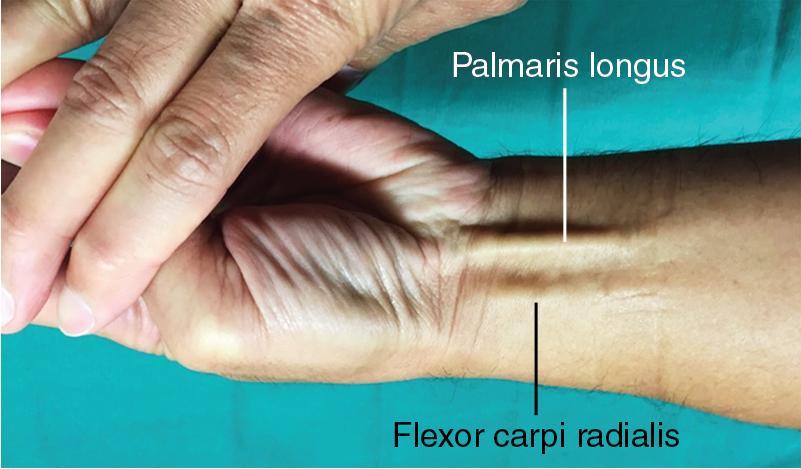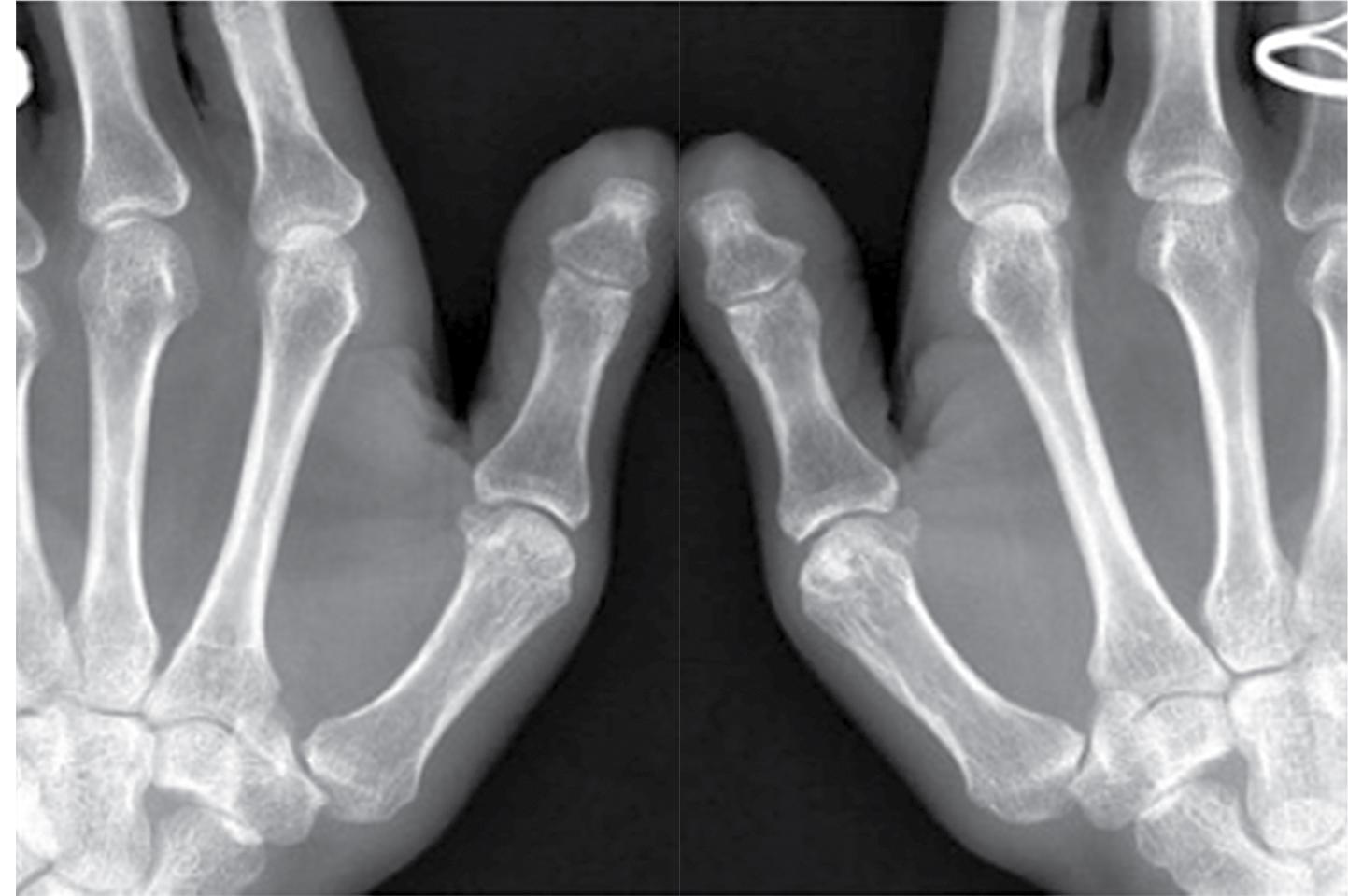Physical Address
304 North Cardinal St.
Dorchester Center, MA 02124
Anterior oblique ligament reconstruction (Littler procedure) is indicated in patients with Eaton-Littler stage I or early stage II trapeziometacarpal (TM) disease with painful instability or diminished thumb function who have failed nonoperative management ( Table 46.1 ).
| Stage | Radiographic Characteristics |
|---|---|
| Stage I | Normal or slightly widened trapeziometacarpal (TM) joint; TM subluxation up to one-third of articular surface; Normal articular contours |
| Stage II | Decreased TM joint space; TM subluxation up to one-third of articular surface; Osteophytes or loose bodies < 2 mm |
| Stage III | Decreased TM joint space; TM subluxation > one-third of articular surface; Osteophytes or loose bodies ≥ 2 mm |
| Stage IV | Involvement of the scaphotrapezial, trapeziotrapezoid, or trapezoid-index metacarpal joint |
Painful carpometacarpal (CMC) joint instability without significant articular wear is often seen in young patients with connective tissue disorders, such as lupus or Ehlers-Danlos Syndrome.
The Littler procedure can also be used for patients with ongoing instability after traumatic TM dislocation.
Articular wear at the TM or scaphotrapeziotrapezoid (STT) joints. Trapeziectomy is not performed during this procedure; pain from arthritic joints will continue unless the patient has early-stage disease in which instability may be a feature. In these situations, the ligament reconstruction can be augmented by interposing an artificial dermal matrix to cushion the joint.
Resting position of the TM joint is noted. Thumb adduction with dorsoradial subluxation of the metacarpal base is often observed. In advanced disease, stiffness leads to compensatory metacarpophalangeal (MCP) joint hyperextension.
Patients are typically tender at the volar aspect of the TM joint regardless of disease stage. Tenderness over the scaphotrapezial (ST) joint indicates advanced disease.
Axial loading and distraction forces are applied to test pain with loading and offloading (see Fig. 45.3A ). The grind test is performed by compressing and rotating the thumb metacarpal base on the trapezium. This motion creates pain and crepitus in an arthritic joint because of friction between the eroded surfaces (see Fig. 45.3B ). Patients who have pain with the grind test are not candidates for the Littler procedure but may benefit from CMC arthrodesis (see Chapter 45 ) or trapeziectomy (see Chapter 47 ).
Laxity in the basilar joint is noted; earlier disease presents with laxity.
Objective measurements include radial/palmar abduction and active/passive motion. Key pinch is recorded and compared with the opposite hand.
The Littler procedure uses a slip of flexor carpi radialis (FCR) tendon to reconstruct the anterior oblique ligament. FCR is palpable when the patient flexes and radially deviates the wrist ( Fig. 46.1 ).

Patients must be evaluated for concomitant carpal tunnel syndrome and tendinopathies.
See Chapter 45 for additional details.
Standard posteroanterior (PA), lateral, and oblique x-rays of the TM joint are required.
The CMC stress view is a PA radiograph of both TM joints as the patient pushes the thumbs together. The metacarpal base subluxes laterally in patients with TM instability ( Fig. 46.2 ).

Become a Clinical Tree membership for Full access and enjoy Unlimited articles
If you are a member. Log in here